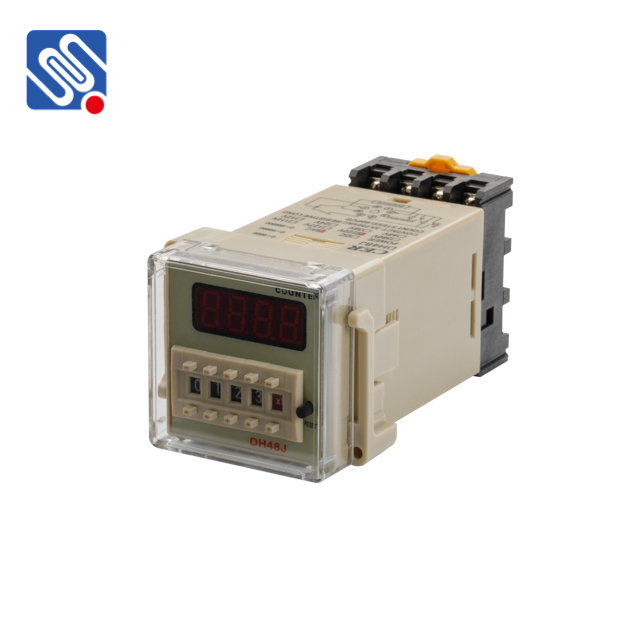understanding relay voltage: the role of meishuo in relay performance
Release time:2025-03-22 11:42:06
Relay voltage is a critical factor in the performance and reliability of relay switches, which are essential components in electrical circuits and systems. A relay is an electrically operated switch used to control the flow of electricity in a circuit. Relays are widely used in various applications, including automotive, industrial, and consumer electronics. The relay operates by using an electromagnet to open or close contacts, allowing the flow of current. Understanding relay voltage, particularly in the context of Meishuo relays, is essential for engineers and technicians to ensure that relays function optimally in different applications.

What Is Relay Voltage?
Relay voltage refers to the voltage required to activate the relay and enable its switching function. Each relay is designed to work within a specific voltage range, which is typically listed in the product specifications. The relay voltage is crucial because it determines the relay’s activation point, efficiency, and the overall functionality of the electrical system.
The relay voltage is typically specified in terms of the coil voltage (the voltage that energizes the relay coil to initiate the switching mechanism). In most relays, a direct current (DC) or alternating current (AC) voltage is applied to the coil, which then creates a magnetic field. This magnetic field pulls or pushes a switch, closing or opening contacts to control the current in the circuit.

